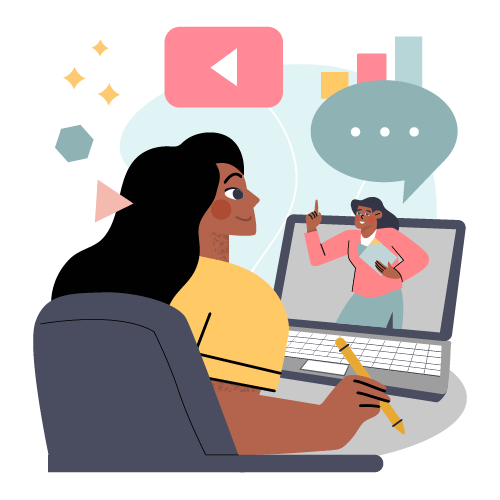“Tell me again how Facebook is going to make my workforce lean, mean and efficient and cure every evil that lurks within the walls of our corporate campus!”
</sarcasm>
That’s what some in business think. The thought of repealing the company Facebook ban and turning a bunch of millennials loose on social media somehow just doesn’t ring true in the context of eLearning, does it? Well, now that you put it that way…
What the @$%# is Social Learning?
It helps to define social learning before discussing how to harness its power—just so we’re all on the same page. Albert Banduras defined four pillars of social learning in this social learning theory, the most widely recognized theory on the subject:
- Attention
- Retention
- Reproduction
- Motivation
In plain English, if you can’t engage the learner, he or she has no attention span. The goal of eLearning is not to “teach the test,” but to retain the material and then apply it in the workplace (reproduction). And what ties all this together? Motivation does. The medical field teaches that real learning takes place when you “learn one, do one, teach one.” This is not a dissimilar concept.
Social learning enhances eLearning; it does not replace formal eLearning.
How Social Learning Engages and Motivates
Recognition is a huge motivator. When you’re recognized by your peers for excellence, it motivates you to learn and do more—to accomplish more. Further, when peer learning takes place, natural leaders appear.
Sometimes, interactions with peers are the only way to make sense of information. Have you ever read material in a text without understanding it only to “get it” when someone explained it to you?
Social Beyond Facebook
Facebook is for fun and for companies to connect with customers. LinkedIn, Twitter and in-house social media enhance learning in different ways:
- LinkedIn – Connect with industry experts and leaders and join groups that can supplement formal training.
- Twitter – Use Twitter as a newsfeed by setting up lists and searching on hashtags. Keep up with regulatory issues and industry issues and make connections, which you can pick up over on LinkedIn after making the initial connection on Twitter.
- In-house social media – This is where engagement and motivation lead to retention and reproduction, not to mention mentoring.
While you might use Facebook to interact with customers, LinkedIn, Twitter and your own in-house social media can take your learning to new heights.





